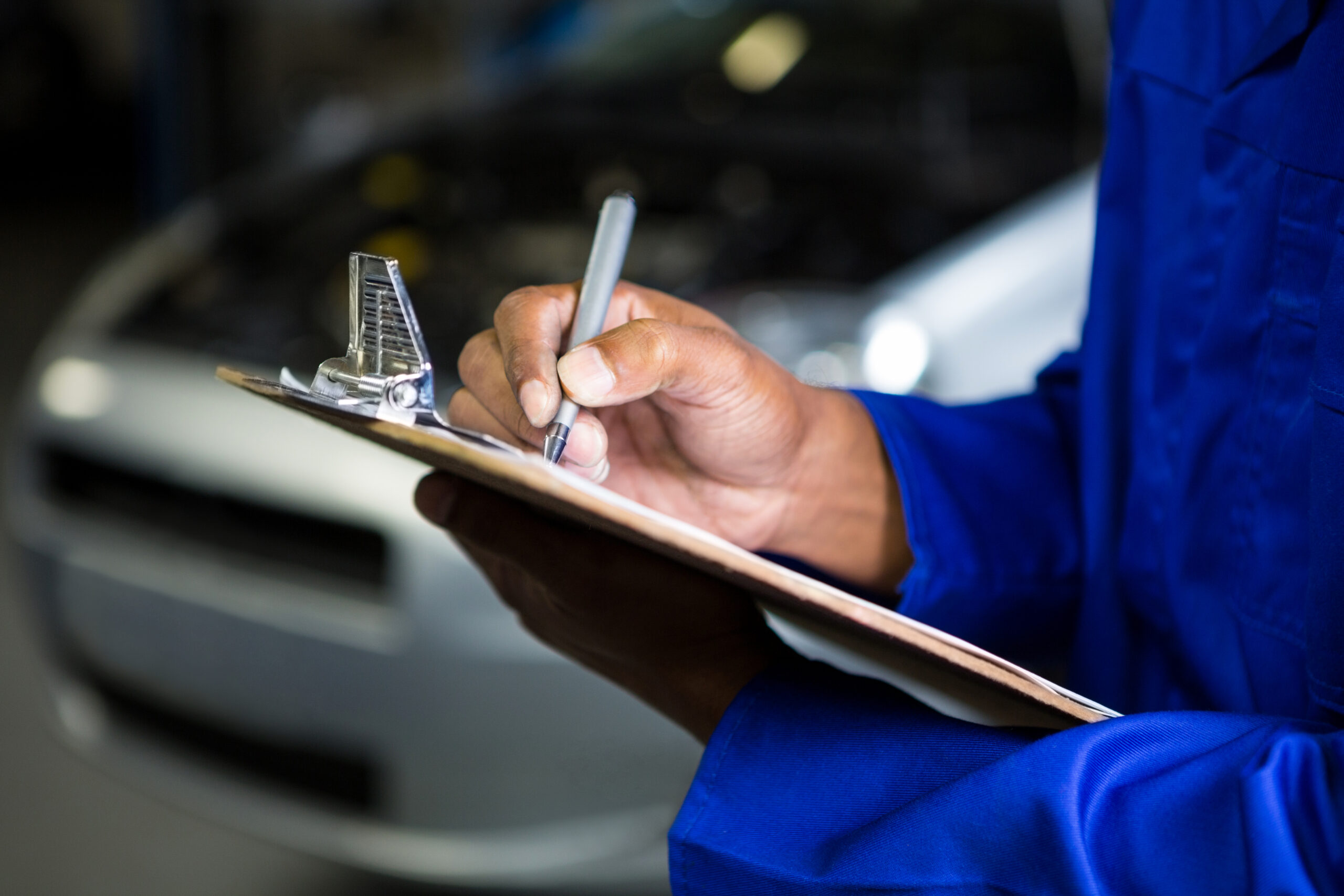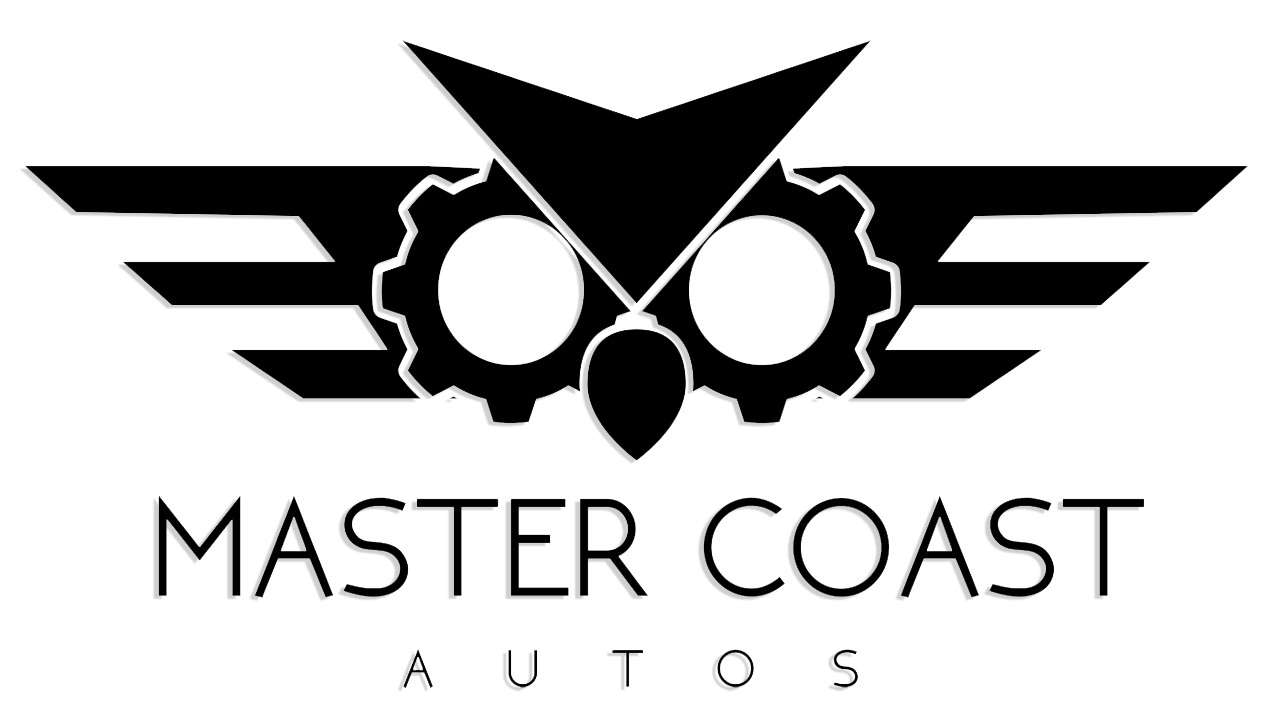
Mastering the Basics: A Comprehensive Car Maintenance Checklist
Introduction
Taking care of your vehicle is essential for its longevity and performance. Regular maintenance ensures that your car is safe, reliable, and running smoothly. However, many car owners may not know where to start when it comes to maintenance tasks. That’s why we have created a comprehensive car maintenance checklist to help you master the basics. Whether you are a new car owner or simply want to improve your car care routine, this checklist will guide you through the essential tasks to keep your vehicle in optimal condition. Read on to learn more about mastering the basics of car maintenance.
The importance of regular car maintenance
Regular car maintenance is not just important for the longevity and performance of your vehicle; it is also crucial for your safety on the road. Neglecting maintenance tasks can lead to costly repairs and even accidents. By following a regular maintenance routine, you can catch potential issues early on, preventing them from turning into major problems.
Not only does regular maintenance ensure that your car is running smoothly, but it also helps to improve fuel efficiency. A well-maintained vehicle consumes less fuel, saving you money at the pump. Additionally, a properly maintained car retains its value better, making it easier to sell or trade-in in the future.
In the next section, we will delve into the specific maintenance tasks that should be performed regularly to keep your car in optimal condition. Stay tuned to learn more about how these tasks contribute to the overall performance and safety of your vehicle.
The essential items for your car maintenance checklist
In this section, we will outline the essential maintenance tasks that should be included in your car maintenance checklist. By regularly performing these tasks, you can ensure that your vehicle remains in optimal condition.
1. Regular Oil Changes: Changing your car’s oil is vital to keep the engine running smoothly. It is recommended to change the oil every 3,000 to 5,000 miles, or as per your vehicle manufacturer’s guidelines.
2. Tire Maintenance: Check tire pressure regularly and rotate the tires every 6,000 to 8,000 miles. Inspect the tread depth and replace tires if they are worn out.
3. Brake Inspection: Regularly inspect the brake pads, rotors, and brake fluid levels. Replace worn-out brake pads and ensure the brakes are working properly.
4. Air Filter Replacement: Replace the air filter every 12,000 to 15,000 miles, or more frequently if you live in a dusty area. A clean air filter improves engine performance and fuel efficiency.
5. Battery Maintenance: Check the battery terminals for corrosion and clean as needed. Test the battery’s voltage and replace if necessary.
By adding these essential maintenance tasks to your checklist, you can ensure that your car remains safe, reliable, and performing at its best. In the next section, we will discuss the importance of maintaining fluid levels and the components they affect in your vehicle. Stay tuned!
Checking the fluids and filters
In addition to the tasks we have already discussed, another important aspect of car maintenance is checking the fluids and filters in your vehicle. These fluids play a crucial role in the smooth operation of various components and systems. Regularly inspecting and maintaining these fluids can prevent costly repairs and extend the lifespan of your car.
1. Engine coolant: Check the coolant level and ensure that it is at the appropriate level. Low coolant can cause overheating and engine damage, especially during hot weather or long drives.
2. Transmission fluid: Consult your vehicle’s manual to determine how often the transmission fluid should be changed. Regular fluid changes can prevent transmission problems and ensure smooth shifting.
3. Brake fluid: Check the brake fluid level and top it off if necessary. Keeping the brake fluid at the recommended level is crucial for proper brake function and safety.
4. Power steering fluid: Check the power steering fluid level and top it off if needed. Low power steering fluid can cause difficulty in steering and potentially damage the power steering pump.
5. Windshield washer fluid: Keep your windshield washer fluid reservoir full to ensure clear visibility while driving.
In addition to checking fluids, it is also important to regularly replace filters that ensure clean and efficient operation of different systems. The air filter, fuel filter, and cabin air filter should be inspected and replaced at regular intervals specified by the manufacturer.
By including fluid checks and filter replacements in your car maintenance checklist, you can keep your vehicle running smoothly and avoid potential breakdowns. Stay tuned for the next section where we will discuss how to maintain your car’s exterior and interior.
Inspecting the tire pressure and tread
One of the most important aspects of car maintenance is keeping a close eye on your tire pressure and tread. Properly inflated tires not only ensure better fuel efficiency but also improve handling and overall safety on the road.
To check tire pressure, use a tire pressure gauge and refer to your vehicle’s manual for the recommended PSI (pounds per square inch). If the pressure is too low, use an air compressor to inflate the tires to the correct level. On the other hand, if the pressure is too high, release some air until it reaches the optimal range.
Additionally, regularly inspect the tire tread to ensure there is enough grip on the road. Insert a penny into the tread with Lincoln’s head facing down. If his head is completely visible, it’s time to replace your tires.
By including regular tire pressure and tread checks in your car maintenance routine, you can enhance safety and extend the life of your tires. In the next section, we will focus on maintaining your car’s exterior and interior to keep it looking its best.
Examining the brakes and suspension
Another crucial aspect of car maintenance is regularly examining the brakes and suspension. The brakes play a vital role in keeping you safe on the road, so it’s essential to keep them in optimum condition. Start by visually inspecting the brake pads for excessive wear and tear. If they are less than a quarter-inch thick, it’s time for a replacement.
Next, check the brake fluid level. A low fluid level can indicate a leak or worn-out brake pads. If the fluid is low, top it up using the specified brake fluid recommended in your vehicle’s manual.
Moving on to the suspension, stand at each corner of your car and press down firmly. If the car bounces more than twice, it may be a sign of worn-out shocks or struts. Additionally, listen for any unusual noises when going over bumps or uneven surfaces, as this may indicate suspension-related issues.
By regularly inspecting and maintaining your brakes and suspension, you can ensure optimal performance and enhance the overall safety of your vehicle on the road. In the next section, we will cover the importance of regular fluid checks and changes.
Keeping an eye on the electrical system
In addition to inspecting the brakes and suspension, it is equally important to keep an eye on the electrical system of your car. The electrical system is responsible for powering various components such as the lights, radio, air conditioning, and more. Checking the electrical system regularly can help prevent unexpected breakdowns and ensure that all components are functioning properly.
Start by examining the battery terminals for any signs of corrosion. If you notice a buildup of white or green residue, it’s time to clean the terminals. Disconnect the battery cables and use a mixture of baking soda and water to scrub away the corrosion. Rinse with clean water and make sure the terminals are completely dry before reconnecting them.
Next, inspect the headlights, tail lights, and turn signals to ensure they are all working correctly. Replace any burnt-out bulbs promptly to maintain optimal visibility on the road.
Lastly, check the dashboard for any warning lights that may have come on. These lights can indicate various issues such as low oil pressure, engine problems, or battery malfunctions. If you see any warning lights, it is essential to address the issue promptly to prevent further damage.
By regularly inspecting the electrical system of your car, you can identify and resolve potential problems before they become major issues. This will not only keep your vehicle running smoothly but also provide you with a more comfortable and enjoyable driving experience. In the next section, we will discuss the importance of regular oil changes and how they contribute to the longevity of your car’s engine.
Maintaining the interior and exterior of your car
While it’s crucial to pay attention to the mechanical aspects of your car, don’t overlook the importance of keeping up with the cleanliness and appearance of both the interior and exterior. Regular maintenance of the interior and exterior not only enhances the overall aesthetic appeal of your vehicle but also helps to maintain its value over time.
Start by regularly vacuuming and cleaning the interior of your car. This will help to remove any dirt, crumbs, or debris that may have accumulated over time. Pay close attention to the carpets, seats, and dashboard area. Consider using specialized cleaners and protectants to maintain the condition of the upholstery and other surfaces.
Moving on to the exterior, washing your car frequently is essential to remove dirt, dust, and other contaminants. The accumulation of these substances can be damaging to the paintwork if left untreated. Be sure to use appropriate car wash products and techniques to avoid scratching or damaging the surface. Don’t forget about the windows and mirrors – clean them regularly to maintain visibility and ensure safe driving.
Lastly, consider applying wax to your car’s exterior. Waxing not only adds shine but also acts as a protective barrier against harmful elements like UV rays, pollutants, and harsh weather conditions. It helps to prevent fading, oxidation, and other forms of damage to the paintwork.
In the coming sections, we will delve into essential tips for proper tire maintenance and the importance of regular scheduled inspections. Stay tuned to learn more about how these practices can contribute to the longevity and performance of your vehicle.
Planning for the long-term with scheduled maintenance
Regular maintenance is not limited to just cleaning your car’s interior and exterior. It is equally important to plan for the long-term well-being of your vehicle by scheduling routine maintenance tasks. This includes servicing and inspecting various components of your car to ensure everything is in optimal working condition.
One of the most crucial aspects of scheduled maintenance is regularly checking and maintaining the tire pressure. Properly inflated tires not only improve fuel efficiency but also enhance safety and prolong the lifespan of your tires. Make it a habit to check your tire pressure at least once a month and adjust accordingly.
In addition to tire maintenance, scheduling regular oil changes is essential to keep your car’s engine running smoothly. The engine oil lubricates the moving parts, reduces friction, and prevents overheating. Sticking to the recommended oil change intervals outlined in your car’s owner manual will help maintain engine performance and longevity.
Lastly, don’t forget about other vital maintenance tasks, such as changing the air filter, inspecting and replacing spark plugs, and checking the fluid levels. These routine inspections and replacements play a significant role in ensuring your car operates efficiently and avoids costly repairs in the long run.
By dedicating time and effort to scheduled maintenance, you are proactively taking care of your car and preventing potential issues from snowballing into major problems. In the next section, we will discuss the importance of recognizing and addressing common warning signs from your car. Stay tuned to learn how addressing these signs promptly can save you time, money, and headaches down the road.
Conclusion: The key to a well-maintained and reliable vehicle
A well-maintained vehicle is not just a matter of convenience; it is also essential for your safety and the longevity of your car. By following a comprehensive car maintenance checklist, you can ensure that your vehicle is in optimal working condition and avoid expensive repairs in the future.
In this blog series, we have covered the basics of car maintenance, including tire pressure, oil changes, air filters, spark plugs, and fluid levels. These routine tasks, when performed regularly, can significantly improve fuel efficiency, extend the life of your tires, and keep your engine running smoothly.
However, it’s important to remember that car maintenance goes beyond these routine tasks. Regularly monitoring your car for warning signs can help you address potential issues before they escalate. Signs such as strange noises, dashboard warning lights, and unusual vibrations should never be ignored. Prompt action can save you time, money, and headaches down the road.
In conclusion, by mastering the basics of car maintenance and being vigilant about addressing warning signs, you can enjoy a well-maintained and reliable vehicle for years to come. Stay tuned for more tips and advice on keeping your car in top-notch condition.


